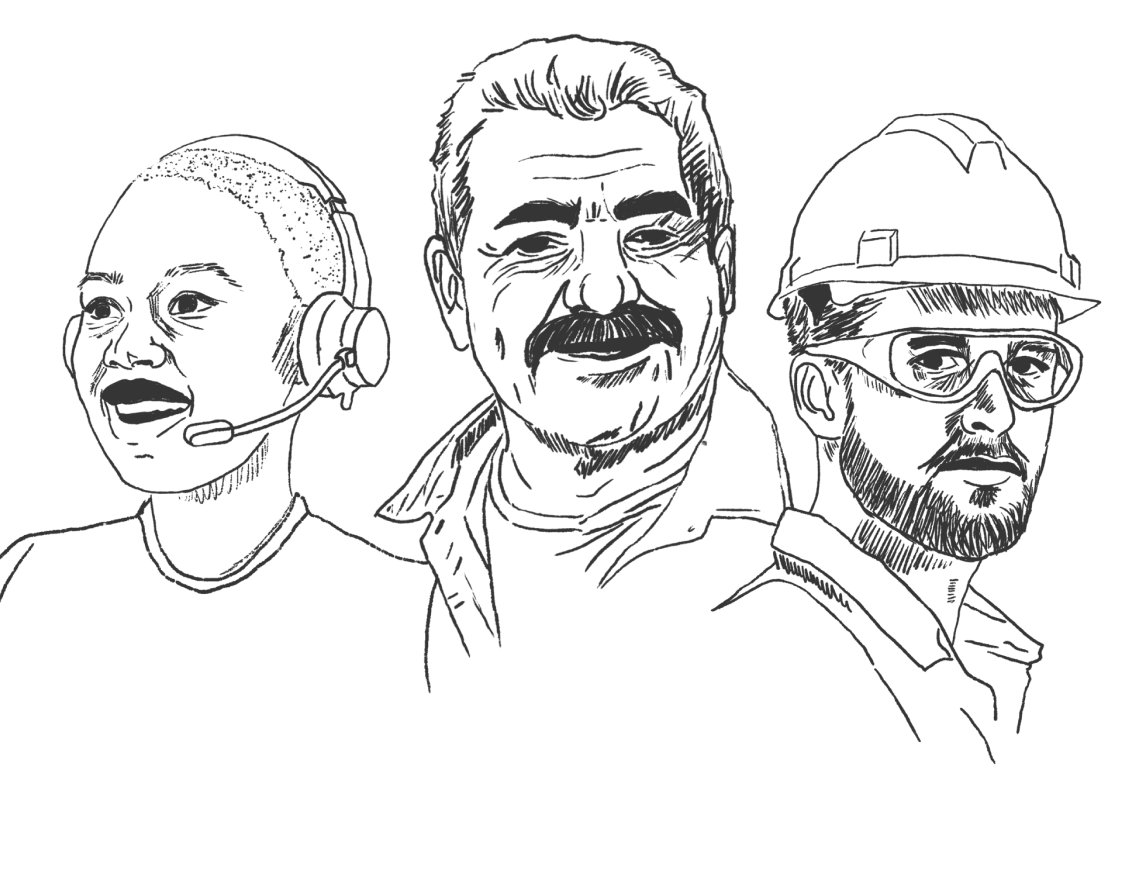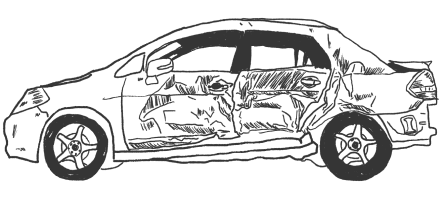The Most Dangerous Places to Drive in Waco
Waco, Texas, may be smaller than Texas’s largest metros. Still, its position as a regional hub along Interstate 35 and home to Baylor University creates significant traffic safety challenges. According to data from the National Highway Traffic Safety Administration’s Annual Traffic Safety Facts, Waco’s traffic fatality rate is notable for a city of its size, driven by high-speed highways, busy intersections, and pedestrian exposure. The city’s reliance on personal vehicles, combined with complex freeway access roads and outdated infrastructure, contributes to a troubling pattern of crashes, injuries, and preventable deaths. Below, we describe the worst intersections and crash areas in Waco. We also have information on when and why these crashes occur to keep you informed and safe while driving.
Key Takeaways from 2024 Crash Data
- Most Dangerous Intersection: I-35 & Valley Mills Dr, with 180 crashes (2015–2019), driven by heavy freeway traffic and commercial congestion.
- Fatal Crash Hotspots: I-35 & Valley Mills Drive tops the list with four fatal crashes annually, followed by I-35 & S 18th Street with three.
- Peak Crash Times: Afternoon rush (3–8 PM) and late-night weekends (6 PM–midnight), with alcohol-related crashes (16% of fatalities) spiking at night.
- Leading Causes: Failure to control speed (23% of crashes), distracted driving (12.9%), and running red lights/stop signs (10.4%).
- Crash Numbers: Waco reported approximately 3,500 crashes annually (2015–2019), with 25 fatalities (2020–2023) and 1,200+ crashes in McLennan County in 2022.
Most Dangerous Intersections in Waco
Waco’s intersections are hazardous due to infrastructure that struggles to keep up with growing traffic demands, particularly along I-35 and near Baylor University. Complex signal systems, high traffic loads, and pedestrian activity all raise the likelihood of crashes.
TxDOT CRIS statistics and the
Waco Open Statistics Portal indicate that the top 10 junctions in Waco have about 600 collisions a year, which is a high rate for a mid-sized city. These collisions highlight chronic danger zones where drivers must exercise extra caution.
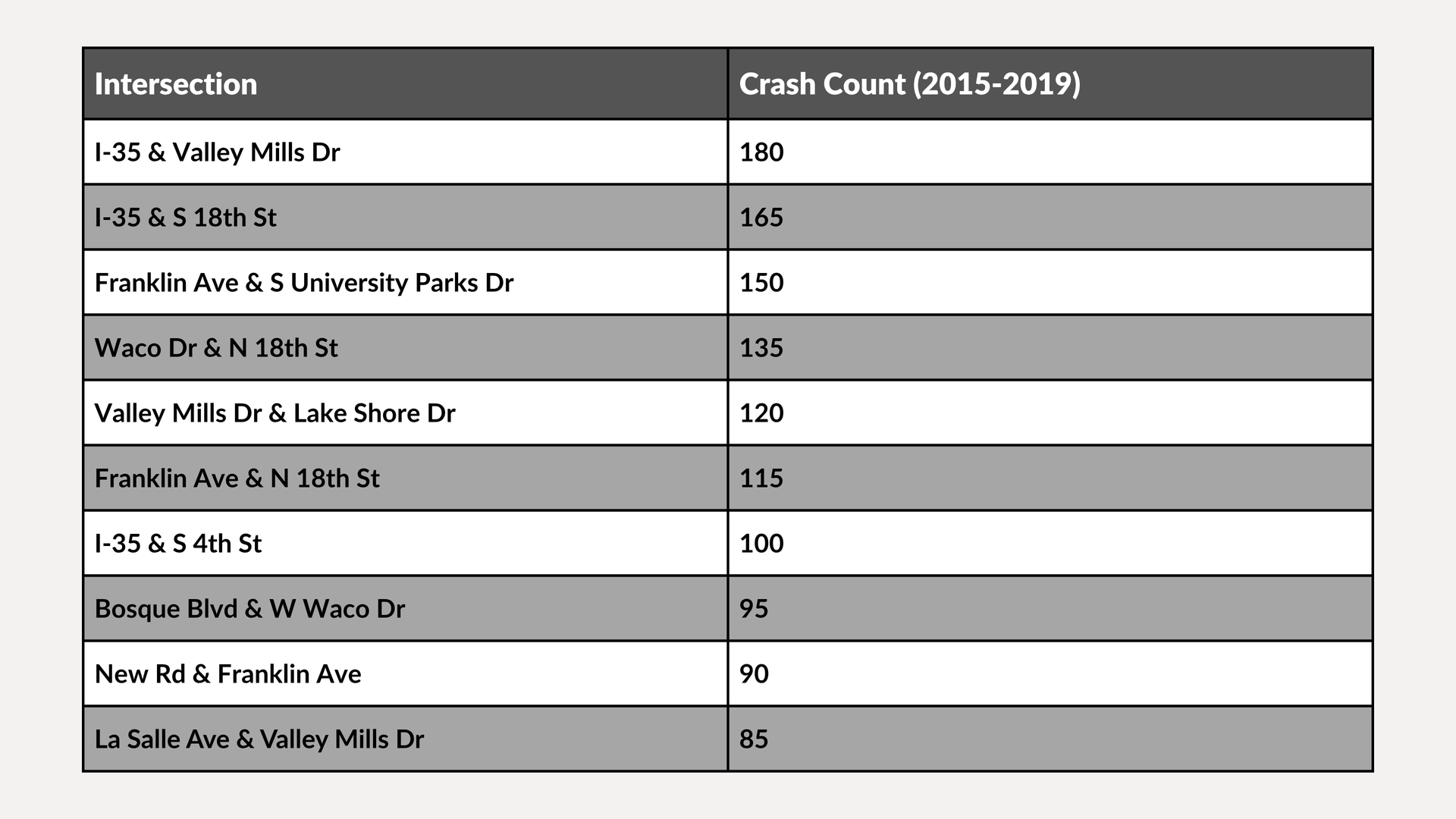
I-35 and Valley Mills Dr is Waco’s most crash-prone intersection, with 180 reported crashes. The high volume of traffic from I-35 access roads and nearby commercial areas contributes to a frequent occurrence of T-bone and rear-end collisions. Equally as problematic, the intersection at Franklin Avenue and South University Parks Drive has a high crash rate because of its proximity to Baylor University and downtown Waco. High-volume pedestrian and cyclist activity in this area increases the risk and results in a crash hotspot.
Locations with the Most Fatal Crashes
Waco experiences a concerning number of fatal crashes, particularly along high-speed corridors and intersections with pedestrian exposure. Based on data from NHTSA’s Fatality Analysis Reporting System (FARS) and TxDOT CRIS, the following locations are Waco’s deadliest, averaging fatal crashes from 2020 to 2023.
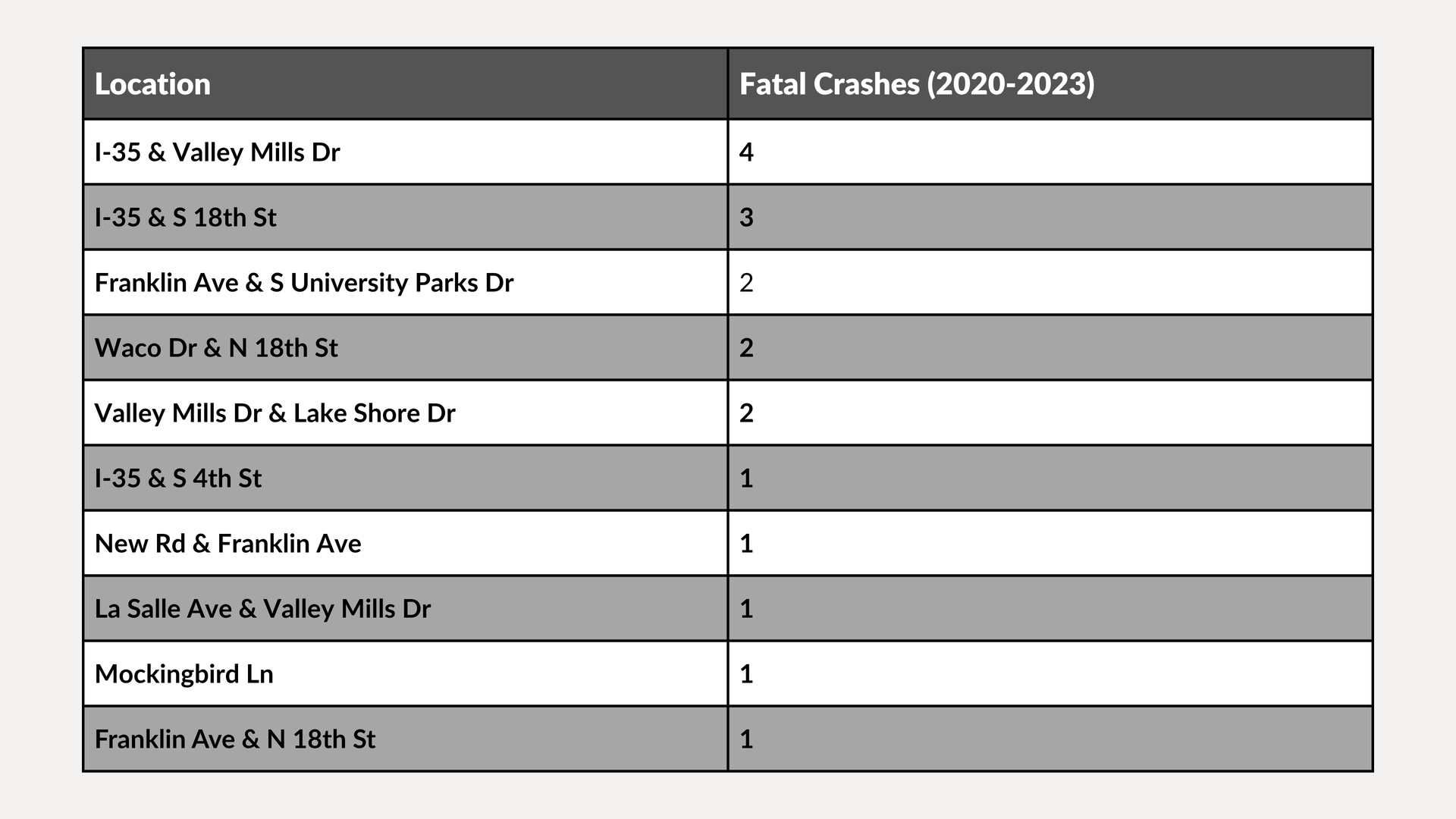
I-35 and Valley Mills Dr have recorded four fatal crashes, mainly due to high-speed freeway traffic and confusion caused by the nearby access roads. Meanwhile, Franklin Ave and S University Parks Dr have seen two fatalities, often involving pedestrians near Baylor University. The lack of adequate crosswalks in this busy area further increases the danger for pedestrians.
Waco’s Most Crash-Prone Roads and Corridors
Waco's major thoroughfares and highways, especially those in the I-35 corridor, experience considerable commuter, commercial, and through traffic, which makes them susceptible to crashes. Crash statistics from TxDOT CRIS and Waco Open Data Portal indicate that these roads represent Waco's riskiest corridors in terms of overall crash counts (2020 - 2023).
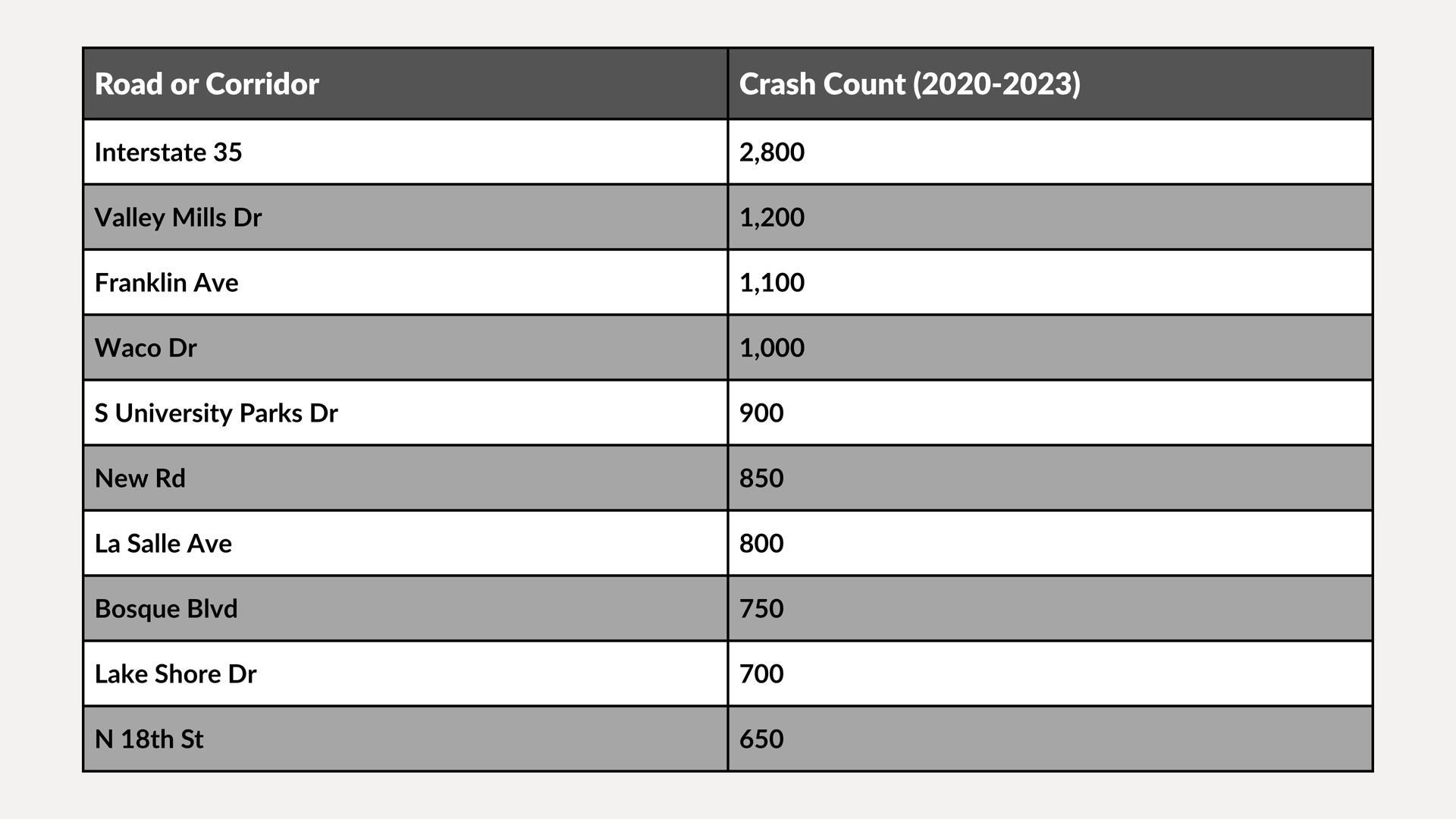
I-35 far exceeds the crash statistics in Waco, with 2,800 incidents reported on it, and it is Waco's primary north-south highway. The crash rates near major exits are particularly high, such as Valley Mills Drive and South 18th Street. Valley Mills Drive, along with Franklin Avenue, has relatively high reported incidences of crashes due to the volume of commercial activity adjacent to them and heavy local traffic, which is a contributing factor to collisions, especially during lane changes, turns, or at intersections.
Why These Areas Are So Dangerous
Waco's roadways and intersections are hazardous due to infrastructure challenges, driver behavior, and its status as a regional center. These are the main contributors:
- High-Speed Corridors - I-35, a major interstate, and arterials like Valley Mills Dr are designed for high speeds but intersect with busy surface streets and commercial areas, creating conflict points. This leads to crashes, especially at exits like I-35 & Valley Mills Dr.
- Outdated Infrastructure - Much of Waco’s road network was built for lower traffic volumes and struggles to accommodate today’s commuters, Baylor University students, and I-35 through-traffic. Narrow lanes, outdated signal timing, and insufficient signage contribute to crashes.
- Pedestrian and Cyclist Risks - Areas near Baylor University, such as Franklin Avenue and South University Parks Drive, lack adequate pedestrian and bicycle infrastructure. Missing or poorly maintained crosswalks and bike lanes force non-drivers into unsafe situations, thereby increasing the severity of crashes.
- Distracted and Aggressive Driving - Distracted driving (12.9% of crashes), including texting and use of navigation apps, is prevalent at busy intersections. Aggressive behaviors, such as speeding (23% of crashes) and running red lights/stop signs (10.4%), are common, particularly on I-35 and Valley Mills Drive.
- Alcohol-Related Crashes - Alcohol contributes to 16% of Waco’s fatal crashes, with spikes during late-night weekends (6 PM–midnight). Intersections like I-35 & S 18th St see impaired driving incidents, often tied to nearby nightlife.
- Construction Zones - Ongoing I-35 construction, including lane closures and shifting traffic patterns, increases crash risks, particularly at exits such as Valley Mills Drive and South 4th Street.
- Commercial and Student Traffic - Waco’s commercial zones (e.g., Valley Mills Drive) and Baylor University generate heavy traffic, including delivery vehicles and student drivers, leading to congestion and crashes at intersections like Franklin Avenue and South University Parks Drive.
When Crashes Happen Most Often
The afternoon rush hour (3-8 PM) experiences the most crashes, primarily associated with commuter traffic, school-related travel, and other commercial activities. The late-night weekends (6 PM-midnight) are particularly dangerous, with alcohol-related crashes peaking during this time. Friday's and Saturday's crash rates are at their highest, largely due to recreational travel and events with Baylor University. Fall months (August-October) have a significant amount of traffic, due to students and visitors to the region.
Tips for Staying Safe on the Road
- Watch Your Speed on I-35 and Arterials: Roads like I-35 and Valley Mills Dr can be congested or fast-moving. Stay within speed limits to avoid sudden stops or collisions.
- Be Cautious Near Baylor University: Areas like Franklin Avenue and South University Parks Drive have heavy pedestrian and cyclist traffic. Watch for students and use crosswalks.
- Avoid Driving Late at Night: Alcohol-related crashes spike on weekends. Use rideshare services or a designated driver if out after dark.
- Stay Alert in Construction Zones: I-35 construction causes lane shifts and congestion. Follow signage and reduce speed near exits, such as Valley Mills Drive.
- Minimize Distractions: Avoid texting or adjusting devices, especially at complex intersections like I-35 & S 18th St.
Legal Help After an Accident in Waco
If you or someone you care about has been impacted by a crash in Waco, you are not the only one. Our team can provide support and legal guidance for you during this time. For any medical bills or lost wages, and most importantly, if you are suffering because of a serious injury, we will help you seek justice and recovery. Reach out so we can discuss your next steps, fight for you, and make Waco’s roads safer for all of us!
Request a Consultation
Other Practice Areas


